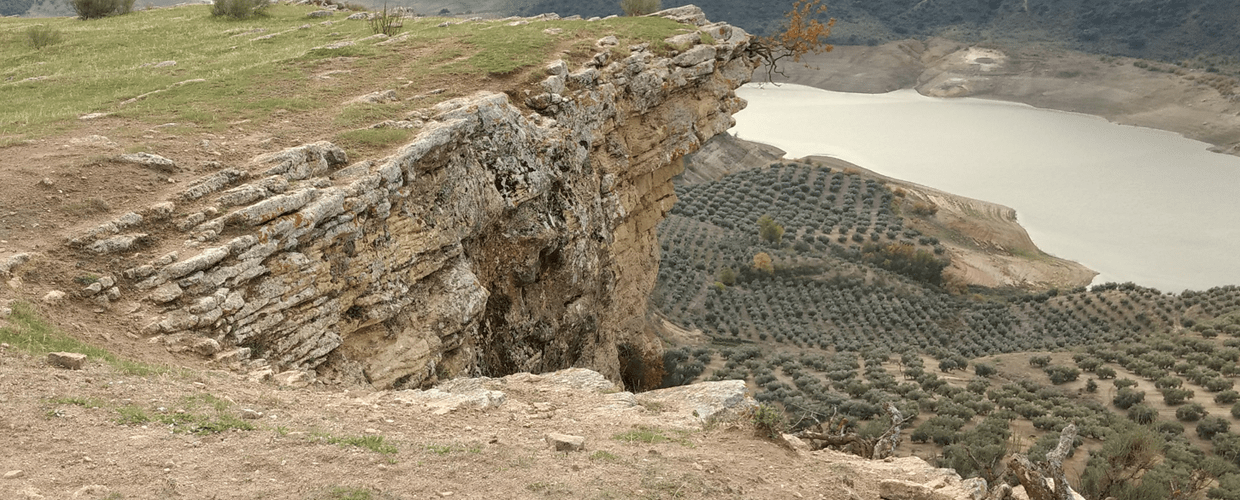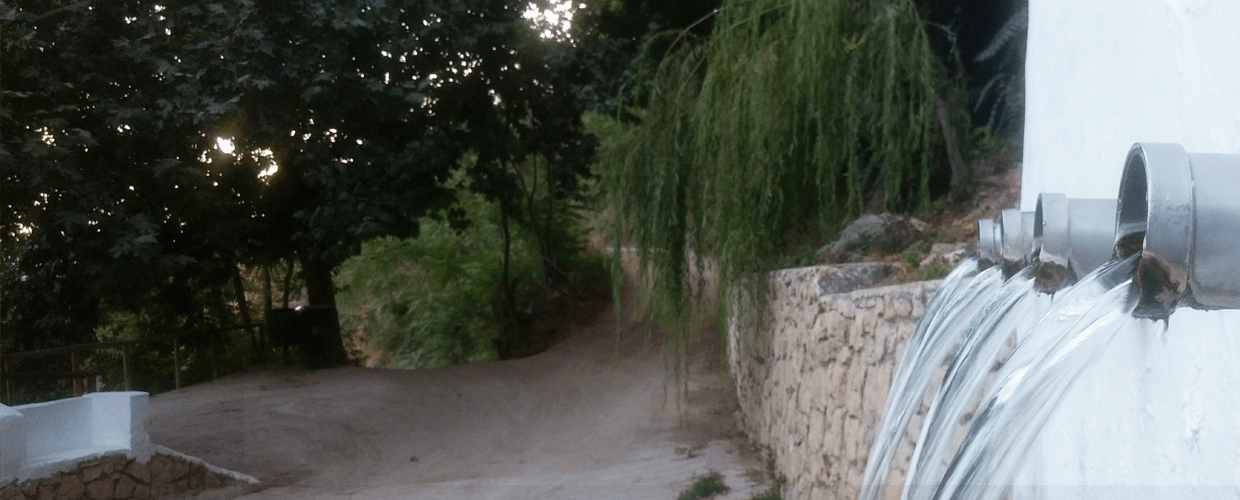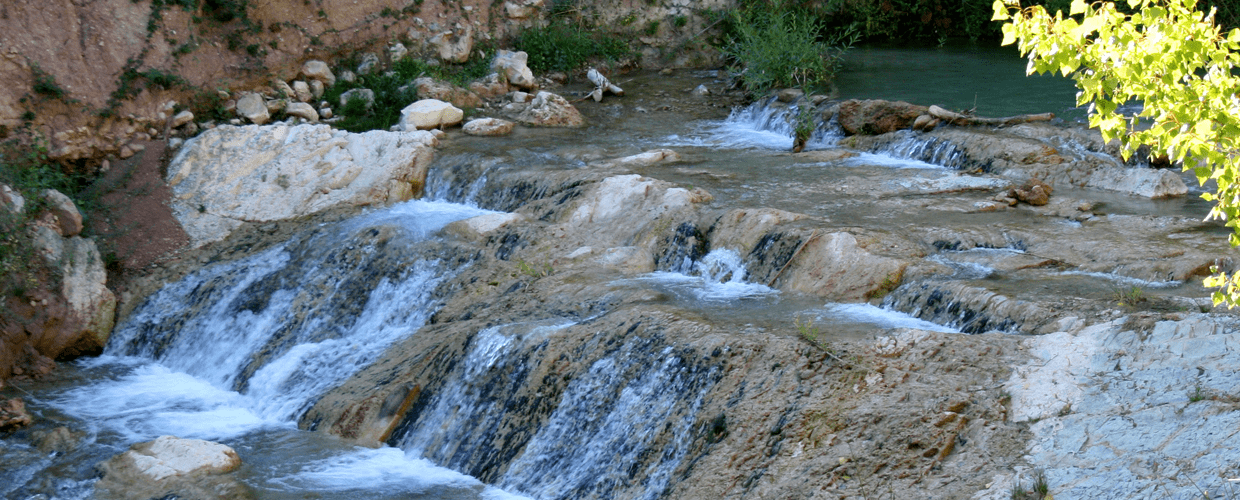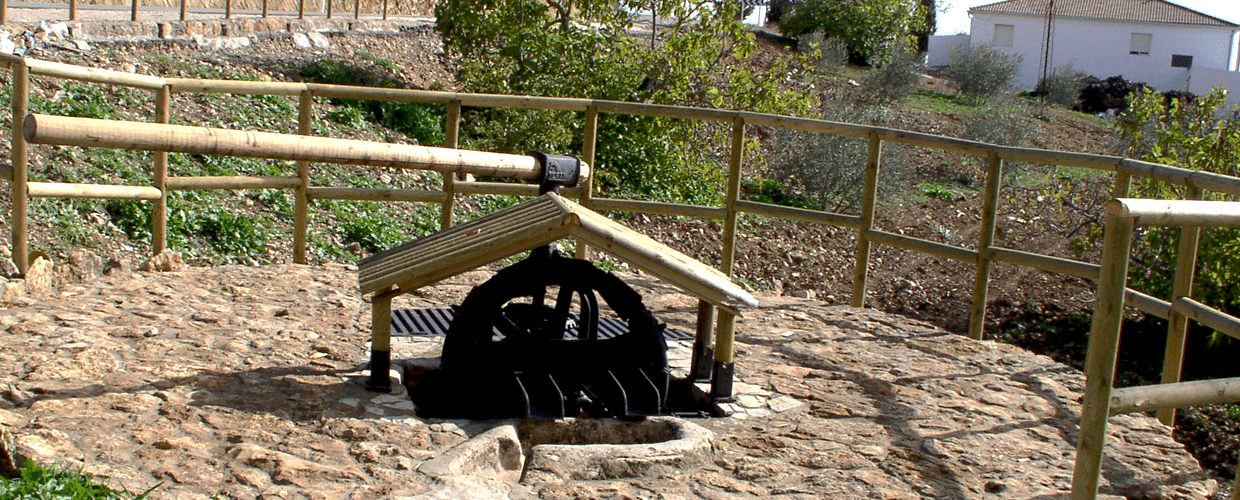Technical description

| Type of walk: | |
|---|---|
| Rural walk of varying widths | |
| Distance: | Difficulty: |
| 2.7 km | Low to medium |
| Duration: | |
| Hiking (1h 30') / Cycling (30' - 45') / Horse riding (1h) | |
| Restrictions: | |
| Access to motor vehicles is limited. | |
Itinerary description
The walk starts from the N-321 road, on the section that connects Algarinejo with the small village of La Viña. It descends gradually until it reaches the area of “El Molinillo”, a district of old estates, centenary oak trees, animal drinking troughs and farmhouses set amongst the olive groves. The path crosses the “Arroyo de La Viña” and ascends in the direction of the farmhouse “Cortijo de Cuenca” heading for the source of the spring and watering hole of “Cuenca-Doña Juana”.
The route finishes some 700m ahead, with a stretch that is virtually flat. Here it joins Route of the shepherd, which goes in the direction of the river Pesquera.
The environment
This route is steep and mountainous particularly towards the final section, with variations in altitude along the walk. You will come across different types of environment from the limestone foothills of the “Sierra de Las Chanzas”, the alluvial plains of the “Arroyo La Viña” to the south facing foothills of the “Sierra del Chite”.
As with other routes in Algarinejo, this walk has an abundance of olive groves, where, fortunately, you will still find woods of great Holm oaks like those at the “Casas de la Viña” and the “Dehesa del Molinillo”. Also there are masses of different types of trees along the course of the river, like the well-preserved willows and poplars of the “Arroyo La Viña”.
The wildlife is limited in this area, in part because of the high population and the extensive cultivation of the un-irrigated land. Nonetheless, it’s not unusual to observe mammals such as the weasel and the common fox, or reptiles like the Montpellier snake and the water snake and birds such as the conspicuous azure-winged magpie or the abundant common kestrel.
The culture
Dominating the walk are numerous mature olive groves, of the variety “picual”, that produce olives considered amongst the best quality within the Mediterranean basin. Olive groves began to be cultivated predominantly during the Roman times around the area of “La Viña Cuenca-Doña Juana”, expanding during the “andalusi” phase in areas of flat lowlands at the foothills of the mountains. The cultivation continued over the rest of the area from the 18th C at considerable cost to Holm oak and Gall oak, which populated most of the municipality at the time. Before the modern factories or olive mills, the olive oil was extracted by pressing the fruit using stonerollers, moved by donkeys; the mixture would then be separated to give the oil.
The alternation of old olive groves and old pastures of Holm oak, give you an impression of what the landscape of Algarinejo was once like before the monoculture of olive groves. Enclaves like the “Fuente de Cuenca”, “Dehesa de El Molinillo”, “Arroyo de La Viña” or the farmhouses of “Cuenca” and “Doña Juana” together represent a unique local landscape.






